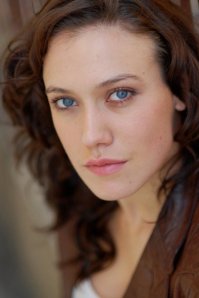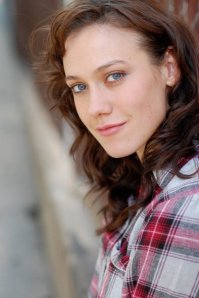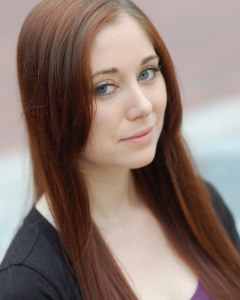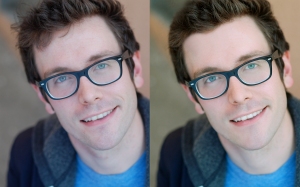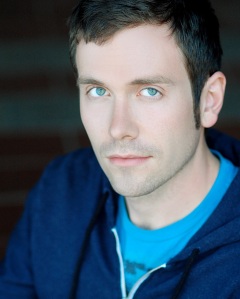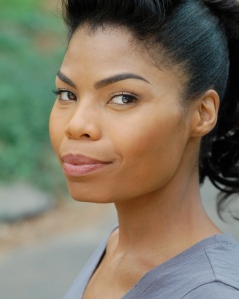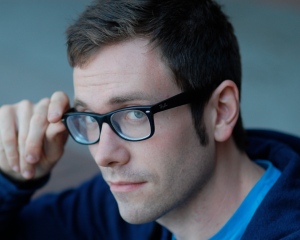How much do headshots cost? How much SHOULD headshots cost? How much is too much for headshots and how much is not enough for headshots? Every actor has an opinion on the subject and odds are good their opinion is that you should pay however much they paid for theirs!
The real answer depends on where you live and what you’re looking for. Top photographers in New York can charge upwards of $1,100, more with hair and makeup included. Concurrently, you can walk into a photo studio in the mall and pay $50. With the former you will receive hundreds of professional pictures that look pulled from the pages of a fashion magazine. With the latter you will most likely walk away with one or two usable pictures that look pulled from the pages of a high school year book. I’m not saying that you can’t get by with a $50 headshot– if you shine through in the photograph then you shine through in the photograph. I’m also not saying you need to spend $1,100 on your headshot– a slick, expensive looking shot might not suit your type. It all boils down to what type of image you want to present.
Are you just dipping your toe in the water, looking to do background work and maybe submit on small parts on actorsaccess.com or backstage.com? Then a basic picture that shows what you look like with a plain background might serve you until you decide you want to take the plunge and make pursuing acting a major priority.
Do you look like Angelina Jolie? Have you just shot a great part in a studio feature and need a picture that says “I’m the next big thing?” Then expensive headshots might be a good investment for you.
Now what if neither of these scenarios apply to you? Then odds are goods that you are like the majority of serious actors. Both starting out and established, working actors need headshots and they need them once a year, on average. Every time your look changes dramatically you need new headshots. Oftentimes when you acquire or change representation you need new headshots. If you aren’t getting the results you want from mailings to agents and managers or submitting yourself for parts on actors access or backstage– you guessed it– you need new headshots.
Financially it just doesn’t make sense to spend that much money on your headshots every year– it’s not a good investment. That’s why many photographers, especially in Los Angeles, fall in between the two extremes. I currently charge $400 for a longer shoot and $200 for a shorter shoot, if you just need a few looks. Before I started my photography business, I went to photographers of every budget level and I can honestly say that I was most satisfied by mid-price photographers. It’s just my opinion, but I’ve found that good photographers start at around $150. I personally don’t believe in spending more than $600 on headshots. Anything past that and you’re not paying for the picture– you’re paying for the security of going with an established “name” photographer. That’s certainly worth something but I’m not personally willing to spend hundreds of dollars when I can secure the same piece of mind through properly researching and vetting a photographer before booking a session with them. I wouldn’t pay that much money as an actor and I wouldn’t charge that much money as a photographer. With a mid-price photographer you get quality without busting the bank and many of them offer quarterly specials if you keep your eyes out, especially during pilot season (wink wink).
There are, of course, no hard and fast rules when it comes to headshots. You could find great headshots for $100 in Idaho– or you could get useless pictures for $900 in NYC– but your odds of getting a good photographer and your odds of walking away feeling good about how much you spent increase dramatically when you do your research.
K.
Visit www.kitpictures.com to book a shoot with me today!

